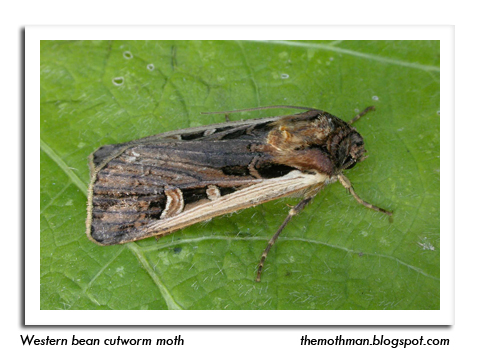
 |
|
|
Looking Ahead
Volume 63 Number 9 Date 06/28/2018 SPOTTED WING DROSOPHILA - Emergence is rapidly increasing and populations are expected to surge by early July. Flies have been appearing in UW survey traps since June 1. The University of Minnesota reported its first significant SWD fly captures during the week of June 17-23 at all monitoring sites in the twin cities metro area, as well as in the southeast region. SWD poses that greatest threat to June-bearing strawberries at this time of year, and thorough, frequent harvesting is imperative for SWD control, especially for pick-your-own strawberry operations. Berry growers are advised to increase monitoring efforts and make preparations for SWD management. WESTERN BEAN CUTWORM - The annual flight has started in southern and central Wisconsin, though only two moths were captured in 54 survey traps in the past week. The specimens were collected near West Salem in La Crosse County. Twenty-five percent emergence of the adult population is anticipated by July 8-14 throughout the southern portion of the state and during the week of July 15-21 in the central counties. Cornfields reaching the pretassel stage will be most attractive for oviposition and should be closely inspected from early to mid-July for egg masses and small larvae. EUROPEAN CORN BORER - Larvae are in the early to intermediate instars and have begun entering corn leaf midribs and unemerged tassels. The treatment window for first-generation corn borers is forecast to close near Beloit, Madison, La Crosse, Platteville and across the far southern and western areas by June 29, following the accumulation of 1,100 degree days (modified base 50°F). Chemical control remains an option in the southeastern, central and northern counties for an additional week, or approximately through July 8. ROSE CHAFER - Reports of minor damage to grapes, raspberries, strawberries, fruit trees, roses and ornamentals are common. Chafer feeding is expected to continue for another two weeks and should subside in most areas by mid-July. Insecticide treatment of grape vines and landscape plants is usually not necessary. APPLE MAGGOT - Adult flies were captured on traps in Brown, Dane and Fond du Lac counties in the past week, signifying the start of the adult emergence period. More frequent monitoring of red sphere and yellow sticky traps should begin at this time. The apple maggot fly is recognizable by an F-shaped wing banding pattern and a prominent white spot on the thorax. TRUE ARMWORM - Significant flights of 30-95 moths were registered in the Janesville, Manitowoc and Pardeeville black light traps from June 21-27. This development emphasizes the need for continued monitoring of corn, wheat and other susceptible crops in July. SOYBEAN APHID - Counts remain extremely low in most soybean fields. Of the 31 sites surveyed from June 21-27, nine had averages below one aphid per plant and 71% of the fields had no detectable aphid population. The highest count noted on an individual plant was 21 aphids. Routine monitoring for aphids should begin by early July. -- Krista Hamilton, DATCP Entomologist 





|
|
|